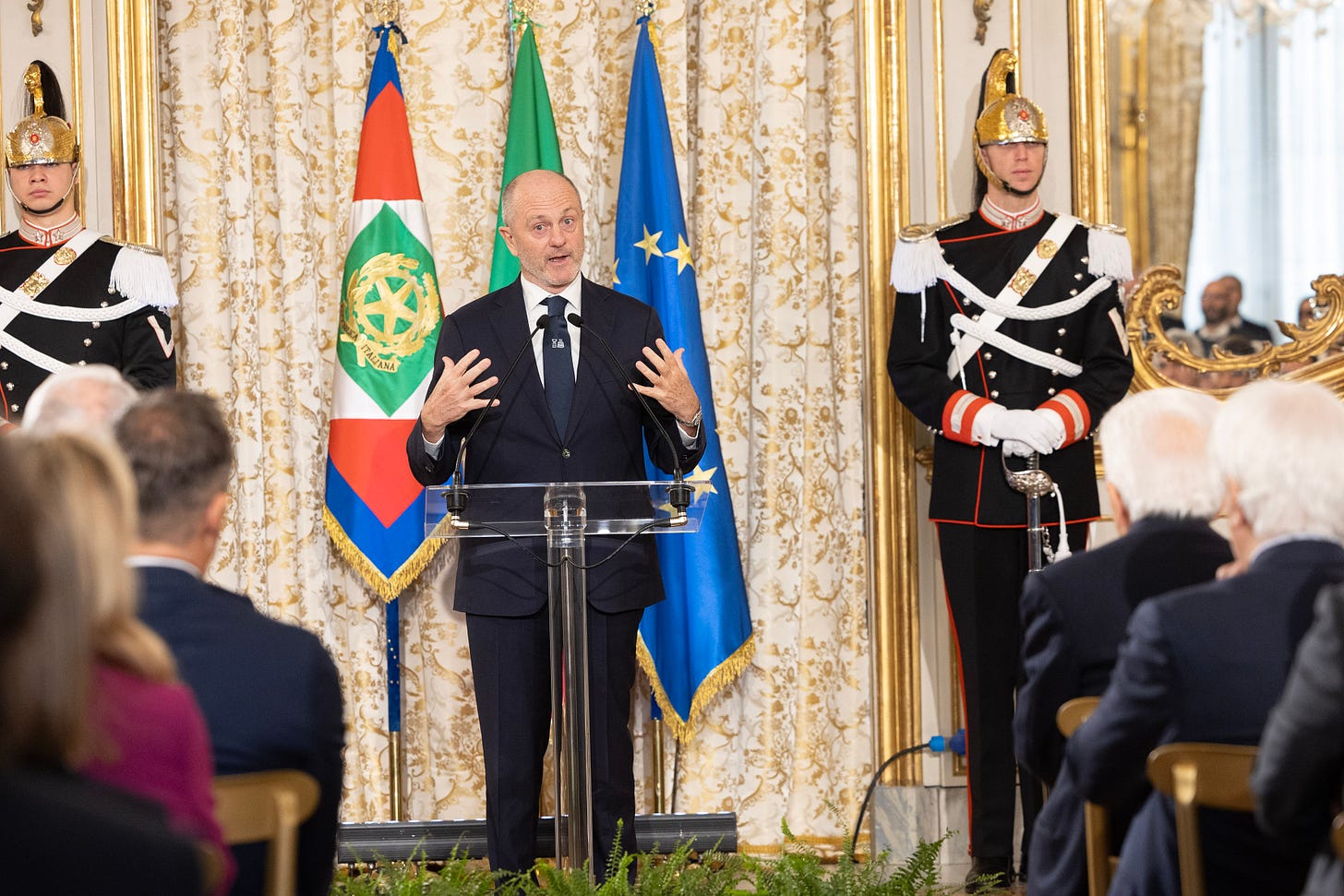When In Rome: The Promise (Not Kept)
The Italian Open didn't deliver the equal prize money it said would come in 2025.

A little over two years ago, Angelo Binaghi made a big promise.
Binaghi, the president of the Federation of Italian Tennis (FIT), announced in April 2023 that his country’s biggest tournament—the Italian Open in Rome, officially called …
Keep reading with a 7-day free trial
Subscribe to Bounces to keep reading this post and get 7 days of free access to the full post archives.


